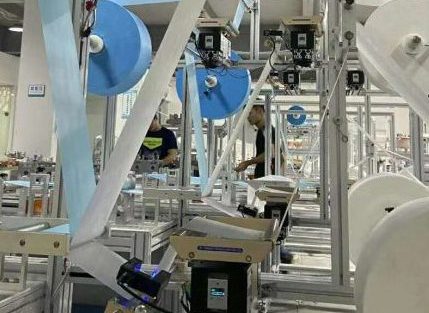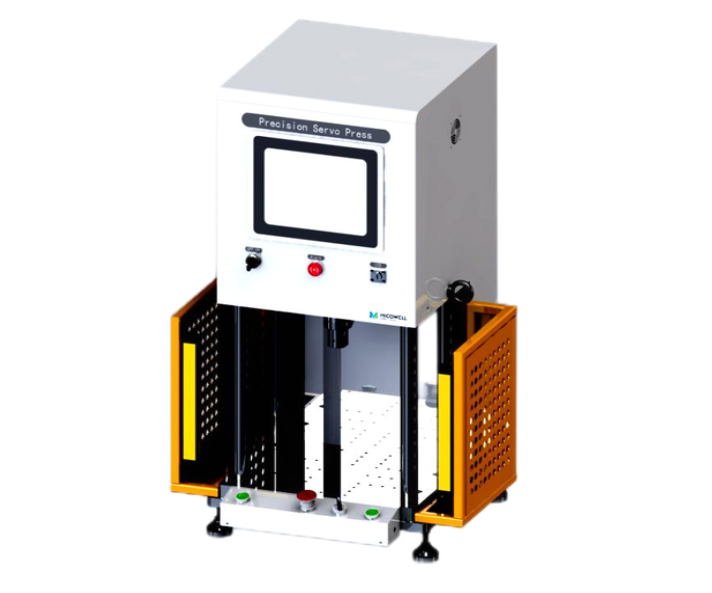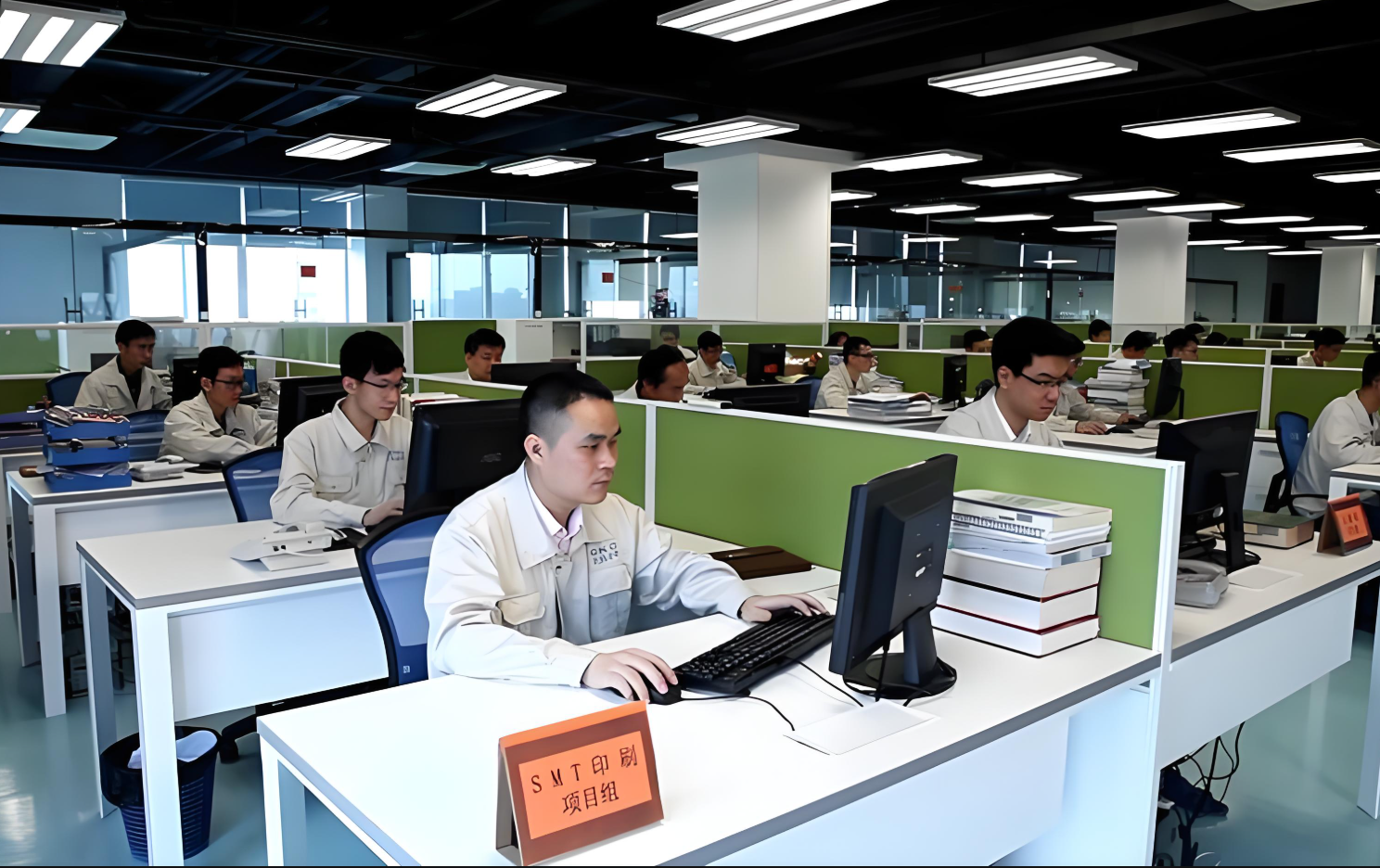In the dynamic world of industrial automation and precision engineering, the demand for reliable, efficient, and innovative motion control solutions has never been higher. Enter the realm of hysteresis brakes, hysteresis dynamometers, hysteresis clutches, and advanced motor test equipment—tools that are quietly shaping industries ranging from aerospace to renewable energy. Let’s explore how Optic fiber winding equipment are transforming performance testing, energy efficiency, and operational precision.
---
### **The Science Behind Hysteresis: A Silent Game-Changer**
Hysteresis technology operates on the principles of magnetic flux and eddy currents, enabling seamless torque control without physical contact. This non-mechanical interaction eliminates wear and tear, making hysteresis-based devices like brakes, dynamometers, and clutches exceptionally durable. Imagine a braking system that doesn’t rely on friction pads or a clutch that delivers smooth engagement without gears grinding—these are the realities hysteresis systems offer.
For industries where precision is non-negotiable—think electric vehicle manufacturing or wind turbine production—hysteresis components provide unmatched repeatability. Whether it’s simulating real-world load conditions in a dynamometer or fine-tuning motor performance in a test rig, hysteresis technology ensures data accuracy and operational consistency.
---
### **Hysteresis Brakes: Where Control Meets Simplicity**
🛠️ *Applications in Automotive Testing*
Hysteresis brakes are indispensable in automotive R\u0026D labs. When testing Assembly automation for EVs, engineers rely on these brakes to apply variable loads, mimicking road conditions from steep inclines to sudden stops. Unlike traditional mechanical brakes, hysteresis variants offer instant response times and zero maintenance, slashing downtime and costs.
🌪️ *Aerospace and Wind Energy*
In wind turbine testing, hysteresis brakes simulate turbulent wind forces on rotor blades. Their ability to maintain constant torque under fluctuating speeds ensures turbines can endure extreme conditions without performance degradation. Similarly, aerospace labs use these brakes to test auxiliary power units (APUs) under high-stress scenarios.
---
### **Hysteresis Dynamometers: Precision in Every RPM**
Dynamometers are the unsung heroes of motor testing, and hysteresis-based models elevate their capabilities. These devices measure torque, power, and efficiency with microscopic accuracy.
🏎️ *Case Study: High-Performance Motorsports*
A Formula 1 team recently integrated a hysteresis dynamometer into their engine testing suite. The system’s ability to replicate track conditions—down to the last RPM—allowed engineers to optimize hybrid power units for both speed and fuel efficiency. The result? A 12% boost in energy recovery during braking phases.
🔋 *Battery-Electric Vehicle (BEV) Development*
For BEV manufacturers, hysteresis dynamometers validate motor-battery interactions. By simulating rapid acceleration and regenerative braking cycles, engineers can fine-tune energy management systems to extend range and battery lifespan.
---
### **Hysteresis Clutches: Smooth Transitions, Zero Compromise**
Traditional clutches often struggle with heat dissipation and mechanical wear. Hysteresis clutches, however, use magnetic fields to transfer torque, enabling jerk-free engagement and infinite adjustability.
📈 *Industrial Robotics*
In assembly line robots, hysteresis clutches enable precise force control during delicate tasks like circuit board handling or micro-welding. BLDC motor durability systems of physical contact means no lubrication is required—a boon for cleanroom environments.
🚢 *Marine Propulsion Systems*
Shipbuilders are adopting hysteresis clutches for hybrid diesel-electric propulsion. These clutches seamlessly switch between power sources, reducing fuel consumption and minimizing vibration in critical navigation systems.
---
### **Motor Test Equipment: Building the Future, One Watt at a Time**
Modern motor test systems are more than diagnostic tools—they’re innovation accelerators. From prototyping to quality assurance, these systems ensure every motor meets rigorous standards.
🧪 *Key Features of Next-Gen Test Systems*
- **Adaptive Load Banks:** Automatically adjust resistance to mimic real-world operational stress.
- **Thermal Imaging Integration:** Detect overheating in stator windings before failures occur.
- **AI-Driven Analytics:** Predict maintenance needs by analyzing torque ripple patterns.
🔬 *Research Labs Leading the Charge*
At the University of Stuttgart’s Institute for Electrical Energy Conversion, a custom motor test system equipped with hysteresis dynamometers is helping develop ultra-efficient motors for solar-powered drones. The setup’s sub-0.1% measurement uncertainty has set new benchmarks in academic research.
---
### **Custom Solutions for Unique Challenges**
No two industries have identical needs. Leading manufacturers now offer modular motor test systems that can be tailored for specific applications.
🌐 *Case in Point: Data Center Cooling Systems*
A hyperscale data center operator partnered with a test equipment provider to design a bespoke system for HVAC motor validation. The solution combined hysteresis brakes for variable fan load simulations with IoT sensors to monitor energy consumption in real time. The outcome? A 22% reduction in cooling-related power usage.

---
### **Sustainability Through Smarter Testing**

As global industries pivot toward net-zero goals, motor test systems play a pivotal role in minimizing energy waste. Hysteresis-based devices, with their inherent efficiency, are at the forefront of this movement.
♻️ *Circular Economy in Manufacturing*
By extending the lifespan of motors through rigorous testing, companies reduce e-waste. One European auto manufacturer reported a 40% drop in motor replacements after implementing hysteresis dynamometer-validated quality checks.
---
### **The Road Ahead: AI, IoT, and Beyond**
Tomorrow’s motor test systems will likely integrate machine learning algorithms to optimize testing protocols autonomously. Imagine a hysteresis dynamometer that “learns” a motor’s behavior and adjusts test parameters in real time—this is already in prototype stages at several Silicon Valley startups.
Meanwhile, IoT-enabled hysteresis clutches are enabling remote torque adjustments in offshore wind farms. Engineers in control centers thousands of miles away can fine-tune power transmission without dispatching maintenance crews.
---
### **Why Partner with Experts?**
Choosing the right hysteresis or motor testing solution requires deep technical expertise. Reputable providers offer:
- **Application-Specific Consultations** to match technology with operational needs.

- **Onsite Calibration Services** ensuring measurement accuracy throughout the product lifecycle.
- **Future-Proof Upgrades** allowing systems to evolve with emerging standards like ISO 17025.
---
In a world where every watt and every newton-meter counts, hysteresis technologies and advanced motor test systems are not just tools—they’re catalysts for innovation. From enabling No-load performance evaluation to powering smarter factories, these solutions are rewriting the rules of motion control. The question isn’t whether to adopt them, but how quickly you can integrate them into your next breakthrough.
🚀 *Engineer the future. Test with precision. Power ahead.*
